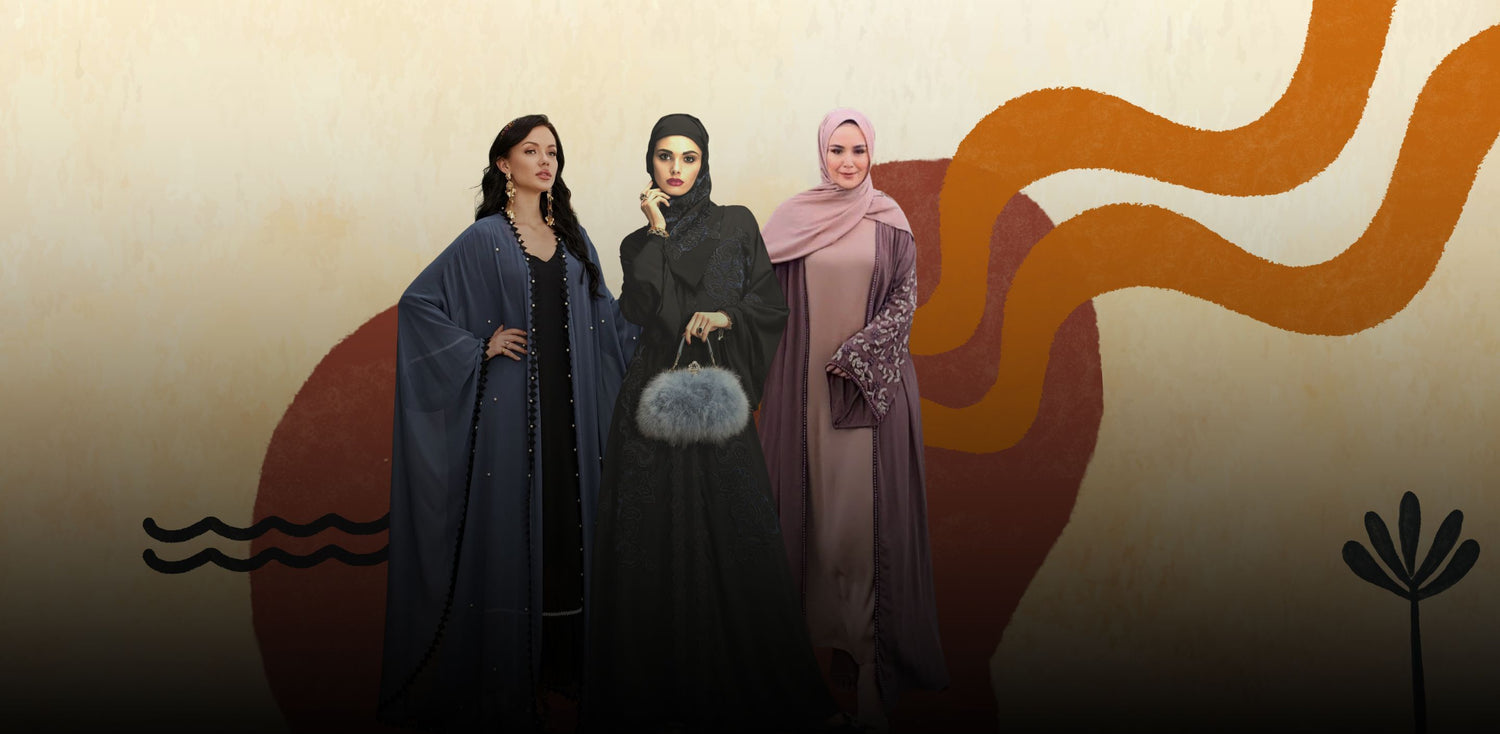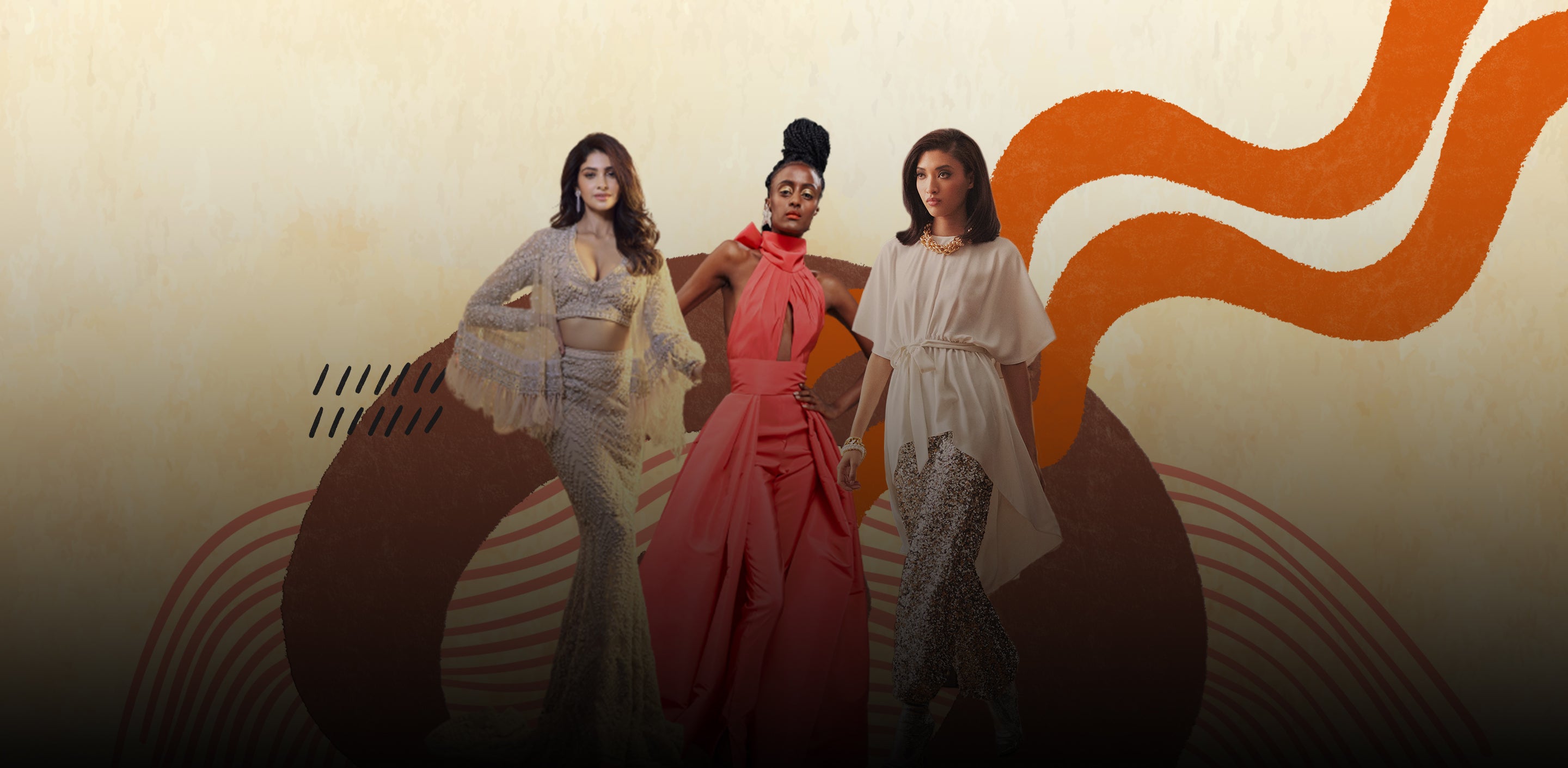An abaya is a long flowy, black robe -type dress with loose-fitting, and can be used to wear in everyday life. Although tracking the exact record is a bit difficult, historians say that abayas came during the ancient civilization of Mesopotamia, almost around 4000 years ago. Moreover, these were first introduced around 80 years ago in Saudi Arabia by Iraqui tourists. Soon in Gulf countries, people adopted this clothing, and became the national dress. Earlier they used to wear long loose clothes with matching head scarves covering their head and face.
Mostly when the traditional abayas came they were black, but now they are available in many options. It is not necessary that only specific religions in Arab countries where abayas but locals also prefer this, as they are easy to wear.
Moreover, in the pre-Islamic era, people believed that wearing clothes that covered the whole body was much more about a status symbol rather than a religion. It was a symbol of luxury for women who stayed at home and looked after their families. Furthermore, along with this, some women wore veils, to make them look more royal and different from the working class. Accessories played a major role with abayas to show class discrimination. Also, fabric too was one of the factors that made them different. For instance, the upper class wore velvet, organic cotton, and more whereas, the working class wore cotton if available, or mixed fabric.

Modern Abaya
As the whole world is changing rapidly snd, especially the fashion industry. A lot of variations in terms of embellishments, colors, and patterns abayas also come in a variety. Though the main purpose of covering the whole body stays the same. And with abaya women wear hijabs to complete the dress. Hijabs too come in a lot of varieties from plain to pearls, with lace mended on them and in different hues. Abayas from normal wear to party wear have come in many options, and recently on many runways also they are seen in different styling. All these things have given a new meaning to them and made them modish. It is more of a fashion statement rather than just an item of clothing.
Many renowned designers owe a store, especially just for abayas, and are taking this clothing to next level. With open as well as closed patterns. So that you can have your culture along with you along with western clothing.


FAQ
What does the Abaya symbolize?
Abaya is a symbol of status symbol. Working-class women and upper-class women were differentiated by this. Upper-class women wore high-quality fabric abayas along with veils, which were made of gold or silver. Whereas, the working class wore any fabric that was available to them.
Is abaya a religion or culture?
Abaya is a culture and not a religion. Except for specific religions also locals used to wear abayas. As they were easy to wear and blend with other cultures.
What is the meaning of abaya in Islam?
A loose-fitting full-length robe-type dress, especially worn by a specific community.
We also happen to be a magnet for suggestions, and would love to catch yours….throw us yours on hello@fabriclore.com




